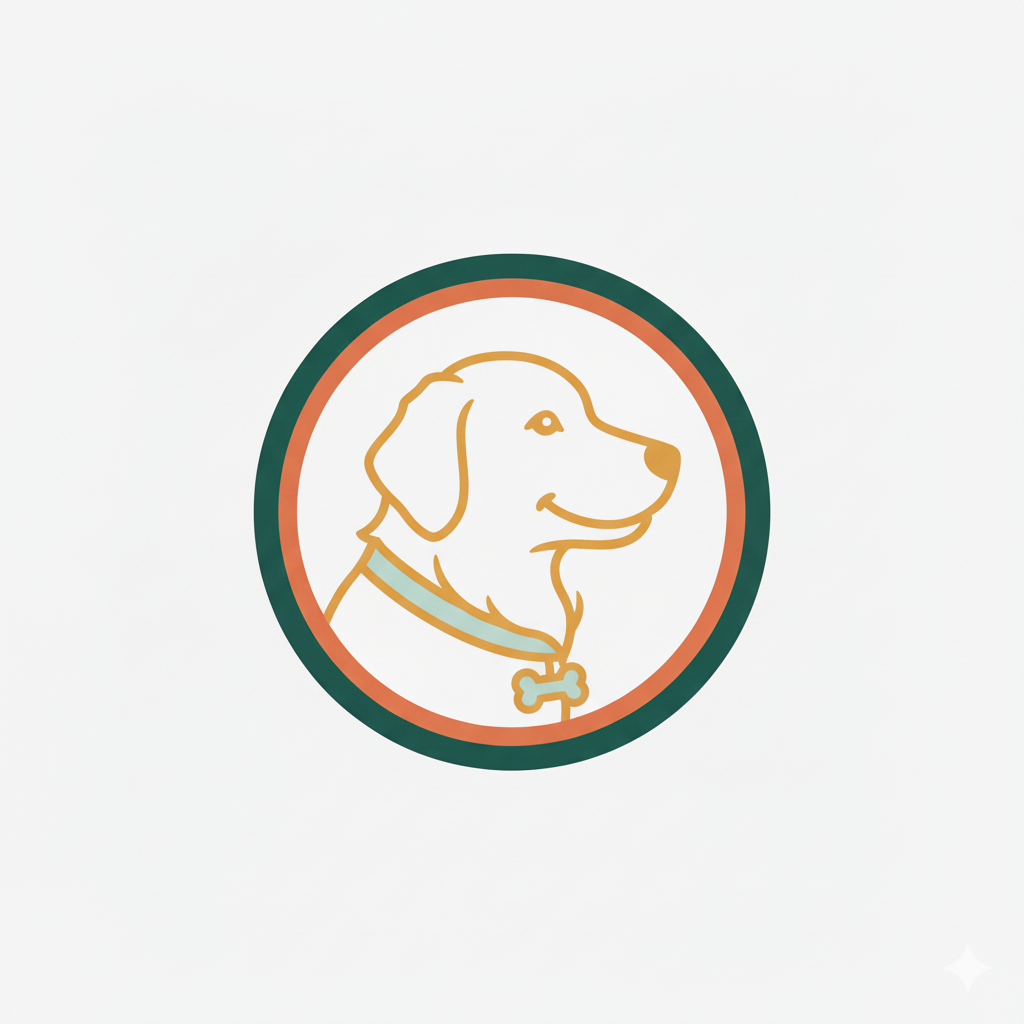Key Distinctive Characteristics of UK Dog Breeds
When examining UK dog breeds, one notices their distinctive traits shaped by Britain’s unique geography and climate. British breeds often exhibit hardy breed characteristics to endure damp, cooler weather and rugged rural terrains. For example, many UK dog breeds showcase a dense, weather-resistant coat—an adaptation essential for outdoor work in these conditions.
Temperamentally, UK dog breeds tend to reflect a balance of loyalty, intelligence, and resilience. This combination supports their historical roles, such as hunting, guarding, or herding. For instance, the Border Collie’s exceptional intelligence and drive stem directly from its herding heritage in the British countryside—a unique dog breed trait not as pronounced in breeds from warmer climates.
Also read : How Can Dogs Be Trained to Perform Specific Tasks?
Historically, British breeds were also shaped by specific functional needs tied to agriculture and game management, influencing both appearance and abilities. This heritage differs from many international dog breeds, which may prioritize ornamental or companionship traits more than work-oriented skills.
Understanding these unique dog breed traits highlights how UK dog breeds adapt physically and behaviorally to their environments, setting them apart from many global counterparts in both form and function.
In parallel : How Can You Tell If Your Dog Is a Descendant of British Breeds?
Overview of Prominent UK Dog Breeds
British dog breeds have a rich heritage that reflects the diverse roles dogs have played across the UK. Among the most famous UK dogs, the Border Collie stands out for its exceptional intelligence and herding abilities. Originally bred in the border region between Scotland and England, the Border Collie is renowned for its energy, agility, and obedience—traits essential for managing livestock in challenging terrains.
The Bulldog represents iconic British courage and determination. With a muscular build and distinctive wrinkled face, Bulldogs were historically bred for bull-baiting, a now-obsolete sport. Today, their loyalty and calm temperament make them beloved companions, celebrated in British culture and symbolism.
Another beloved example of UK dog breeds is the Cavalier King Charles Spaniel. Known for its elegant appearance and gentle nature, this breed was favored by British royalty. It excels as a companion dog, displaying affectionate behavior and adaptability to family life.
All these breeds come with specific breed standards recognized by kennel clubs, which maintain their unique physical and behavioral characteristics. Understanding these traits helps prospective owners appreciate the value and responsibilities involved in caring for British dog breeds.
Unique Origins and Purposes Behind UK Dog Breeds
British dog breeds have a rich history rooted in their development for distinct tasks tailored to local needs. The origin of UK breeds is closely tied to roles such as herding livestock, hunting game, and guarding property. For example, the Border Collie was bred specifically for its intelligence and stamina, enabling effective herding in rugged terrain typical of northern Britain.
Over time, the purposes of many working dogs in the UK have evolved. Some breeds initially used for hunting, like the English Setter, have adapted to more domestic roles while still retaining their keen scent-tracking abilities. Similarly, guardian dogs, originally focused on protecting farms, now also serve as loyal family companions.
Adaptation to the UK’s diverse environments shaped these breeds. The Rough Collie thrived in the Scottish Highlands because of its thick coat protecting against harsh weather, while the small but sturdy Jack Russell Terrier was designed to pursue quarry in tight spaces such as burrows. Understanding the origin of UK breeds requires appreciating this blend of functional design and environmental adaptation, which continues to influence their roles today.
Comparative Analysis: UK Dog Breeds vs. Global Dog Breeds
When comparing UK dog breeds to international ones, several distinct physical and behavioral differences emerge. British breeds often showcase a sturdier build, reflecting their historical roles in hunting, herding, or guarding. For example, the iconic Bulldog features a compact, muscular body adapted for strength, while many UK breeds possess calm yet tenacious temperaments ideal for the British countryside.
British breeding traditions have deeply influenced these traits, prioritizing work ethic combined with loyalty and resilience. This cultural emphasis contrasts with some international breeds bred primarily for agility or companionship. The selective breeding practices rooted in the UK often highlight endurance and adaptability to varying weather conditions, setting UK dog breeds apart in function as well as form.
In terms of global recognition, several British breeds have gained international popularity. The Labrador Retriever, originally bred in the UK, now ranks as one of the most beloved breeds worldwide due to its versatility and gentle nature. However, some uniquely British breeds remain less known beyond the UK, preserving their status as cultural icons within Britain. These factors underline the nuanced breed comparisons between UK and global dog breeds, showcasing the UK’s rich canine heritage alongside diverse worldwide options.
Cultural and Historical Significance of UK Dog Breeds
British dog breeds hold a unique place in British cultural heritage, symbolizing much more than companionship. From the majestic Border Collie, celebrated for its extraordinary herding skills, to the iconic Bulldog, representing resilience and determination, these breeds have deep roots in UK history and folklore. Their roles in society have often transcended utility, becoming national symbols and sources of pride.
The historical importance of UK breeds extends globally. Many beloved dogs around the world trace back to these origins, influencing international dog breeding standards. For example, the Corgi, famously associated with Queen Elizabeth II, has inspired crossbreeding efforts and earned worldwide admiration for its distinctive look and character.
Preserving the significance of UK breeds involves active celebration through dog shows, heritage organizations, and breeding programs. These efforts ensure the lineage and unique traits of British dogs remain respected and protected. Understanding the cultural footprint of these breeds invites enthusiasts to appreciate their legacy, beyond mere pet ownership, fostering a deeper connection to the UK’s rich canine heritage.
